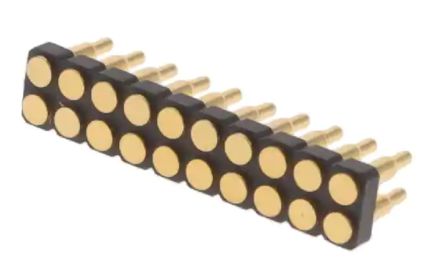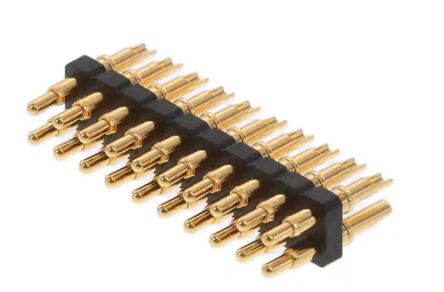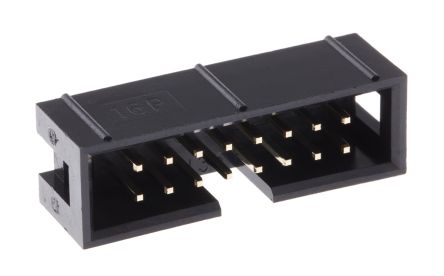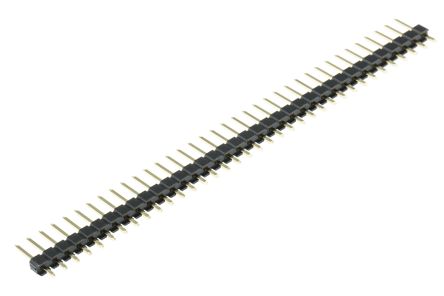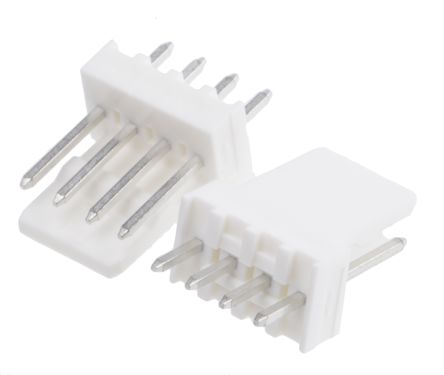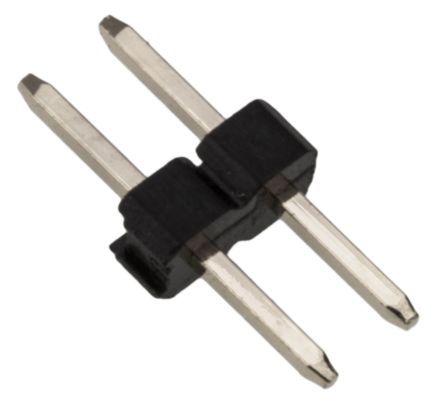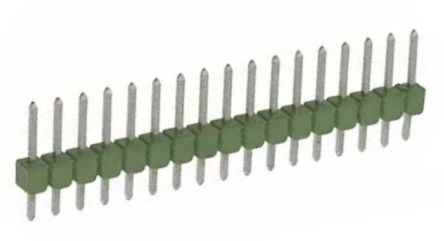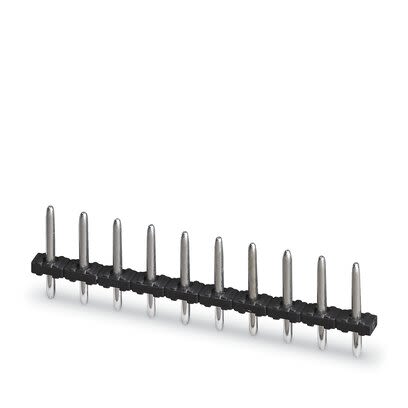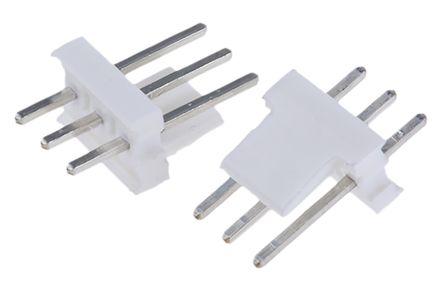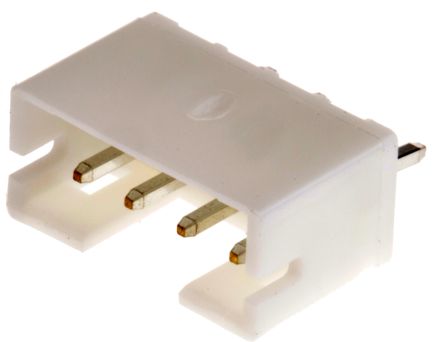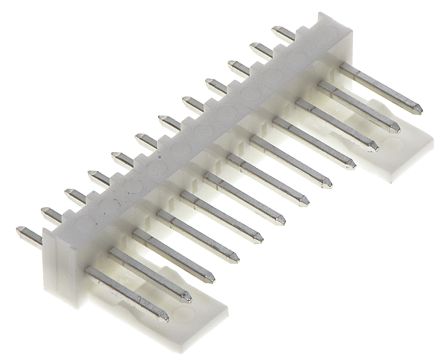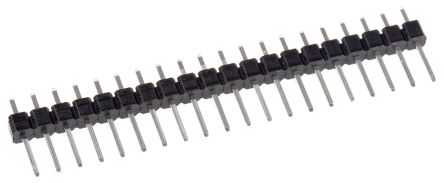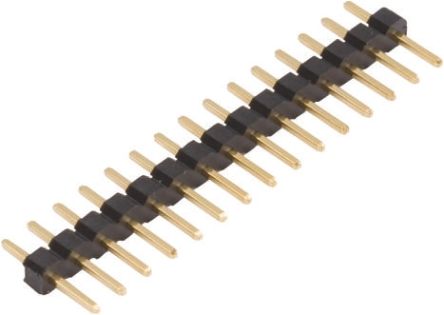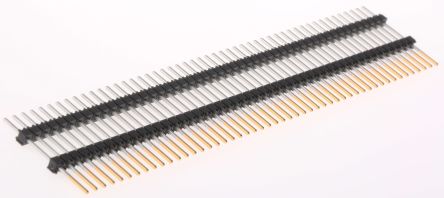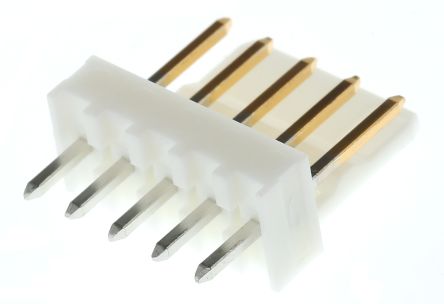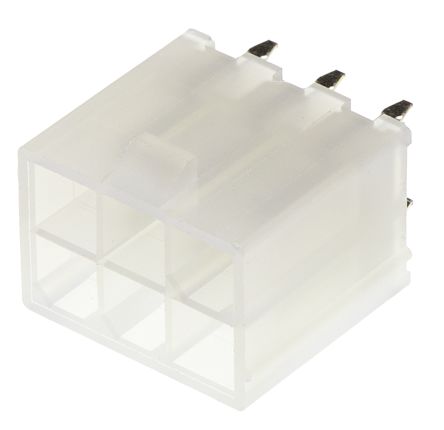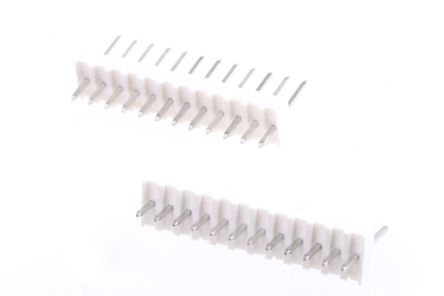- Automation & Control Gear
- Cables & Wires
- Enclosures & Server Racks
- Fuses & Circuit Breakers
- HVAC, Fans & Thermal Management
- Lighting
- Relays & Signal Conditioning
- Switches
- Batteries & Chargers
- Connectors
- Displays & Optoelectronics
- ESD Control, Cleanroom & PCB Prototyping
- Passive Components
- Power Supplies & Transformers
- Raspberry Pi, Arduino, ROCK, STEM Education & Development Tools
- Semiconductors
PCB Headers
PCB (Printed circuit board) headers are a type of electrical connector that allows you to join connections to a PCB using a single block. Typically headers have one side that is designed to be surface mounted and soldered onto the board with the other side allowing connections. Pins on the header can also be surrounded by a shroud to make the unit more secure, prevent pins from bending and allow locking.
Why use PCB headers?
PCB headers enable the user to make multiple electrical connections to a PCB using one connection block or cable. They're also easy to use. Simply solder a PCB header onto your board and you'll be ready to make connections to multiple pins. Typically each pin can be used for varying things such as data or power.
PCB headers also make a great introduction to learner electronics since they're simple to understand and have one primary function of allowing wire-to-board. Incorporating them into learning boards, kits and other accessories is popular with the likes of Arduino, Raspberry Pi and other single board computers.
Types of PCB headers:
PCB headers are made in both shrouded (where the connections are housed in a plastic case) and non-shrouded pin header types. Shrouded connectors are more robust and less likely to cause short circuits, but do take up more space on the PCB. Pin headers, by contrast, are easier to work with and suit a wider range of applications.
- Single or double-row pin headers: The most commonly used types of PCB headers are single- or double-row pin headers. These are produced in matching male and female versions and are made from folded sheet metal with a square cross-section.
- Machine-pin headers: Machine-pin headers have a circular cross-section, which fits more precisely into round PCB holes, providing a better electrical connection, greater durability and an increased lifespan.
- Angled connectors: Headers can come in a variety of different angles. Some of the most common angles are straight, 90° and 180°. Angled headers can be useful if you need to reduce strain on a cable or need more room on your board verticall/horizontally.
